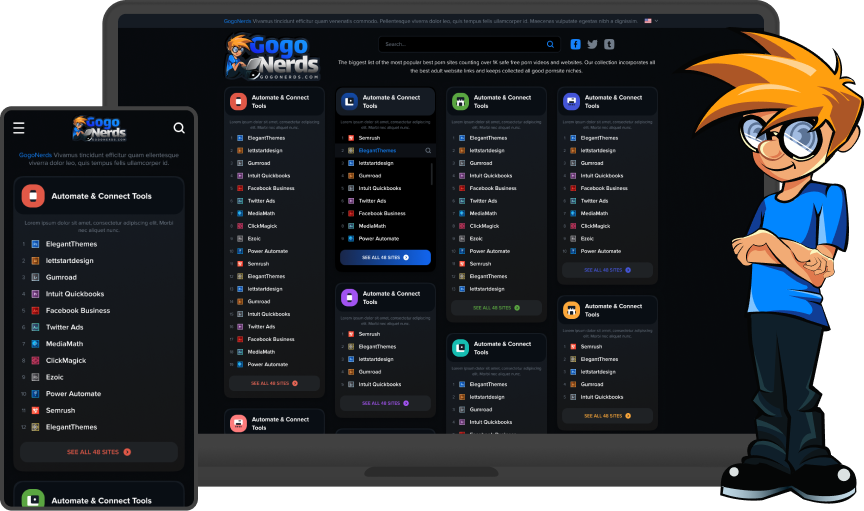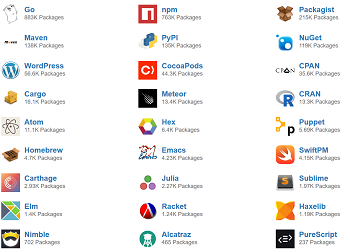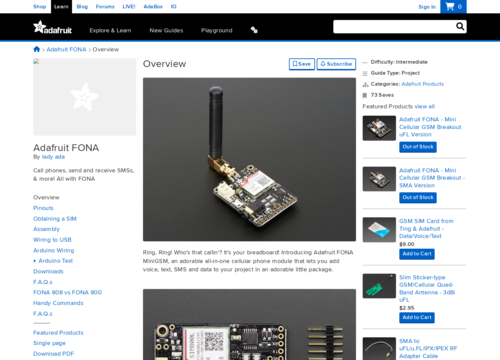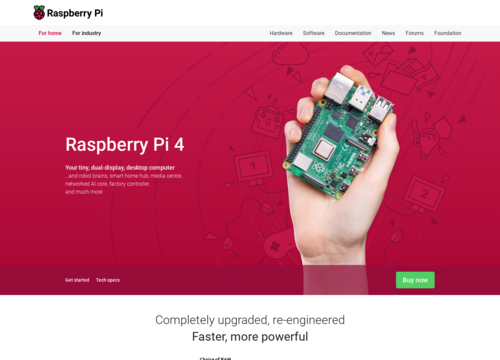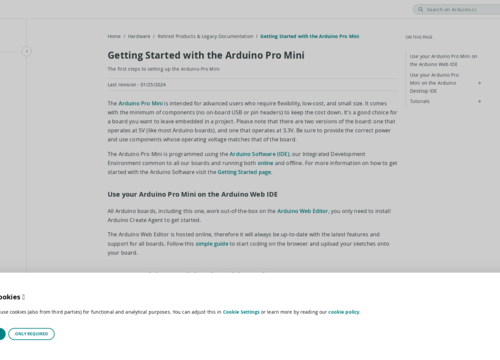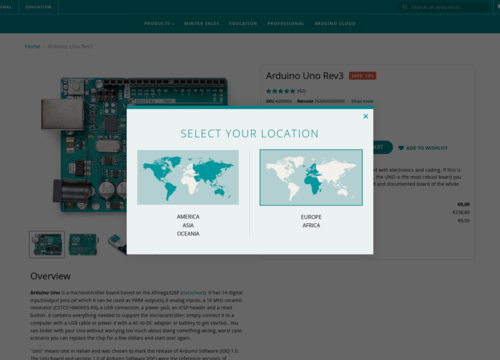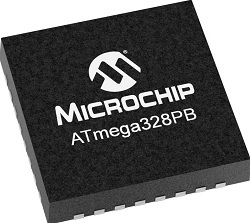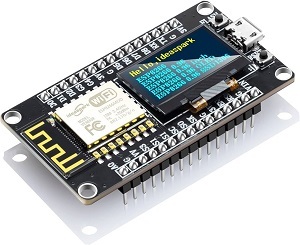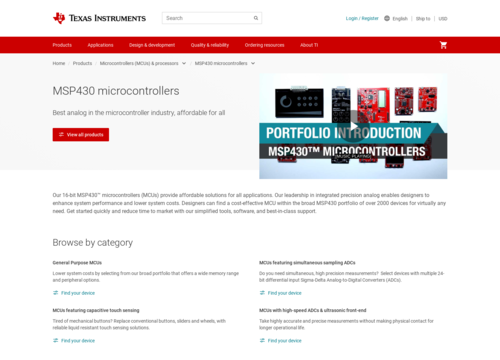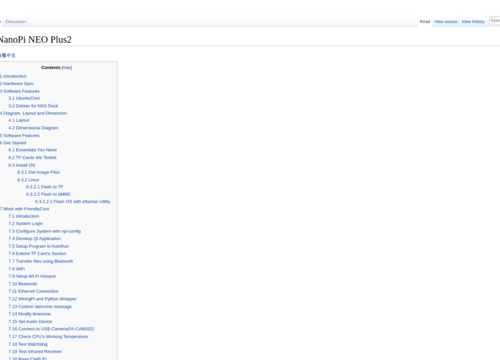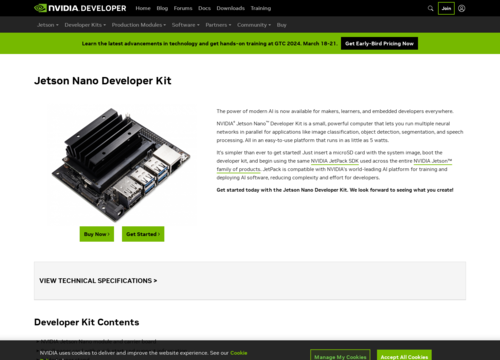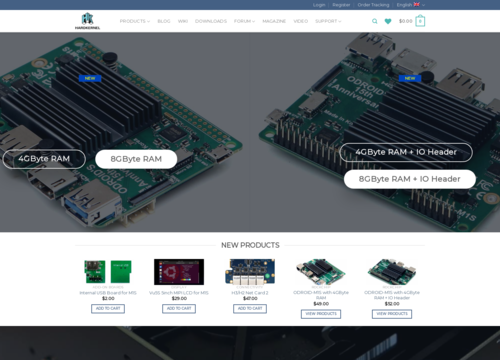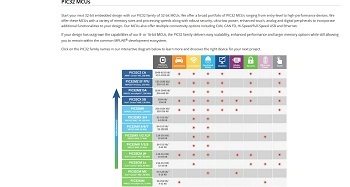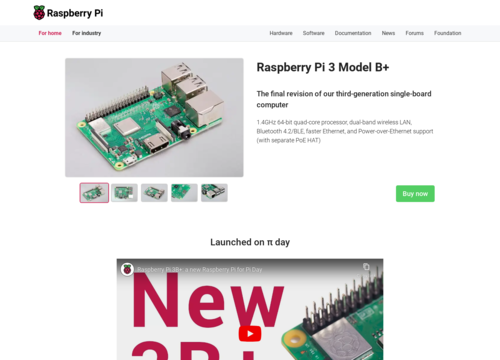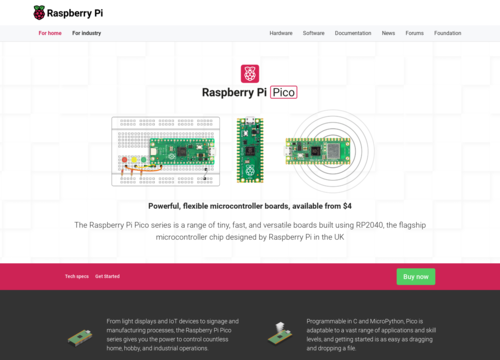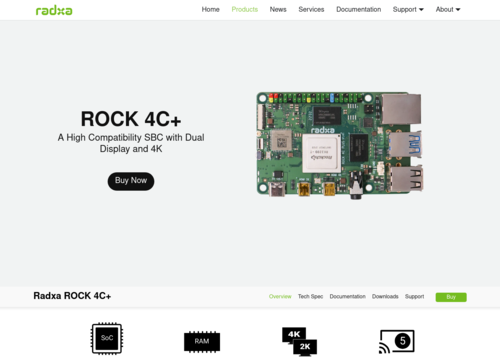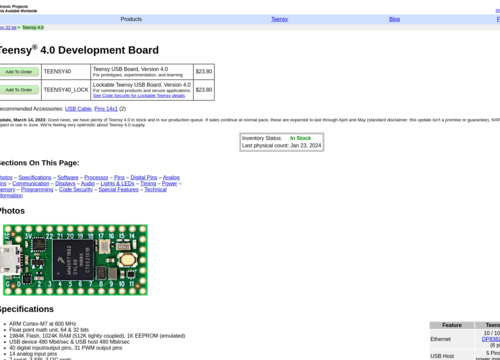STM32
STM32 is a family of 32-bit microcontroller integrated circuits constructed by STMicroelectronics. These microcontrollers are based on ARM Cortex-M processors, which are designed for low-cost and energy-efficient applications. The following is a breakdown of the key aspects of STM32 microcontrollers:
ARM Cortex Cores
The STM32 microcontrollers are built around ARM Cortex-M series cores. Depending on the specific model, Cortex-M0, M0+, M3, M4, or M7 cores may be used. These cores define the basic architecture and capabilities of the microcontroller, including the instruction set, performance, and power consumption.
Variety of Models
The STM32 series is divided into several lines, such as STM32F, STM32L, STM32H, STM32G, and STM32 WB. Each line caters to different needs:
- STM32F is focused on performance and is used in more demanding applications.
- STM32L emphasizes low power consumption and is suitable for battery-operated devices.
- STM32H is suitable for high-performance applications.
- STM32G offers a balance between performance and cost.
- STM32 WB includes wireless communication capabilities such as Bluetooth.
Peripheral Support
STM32 microcontrollers have a range of built-in peripherals. These can include USB controllers, LCD interfaces, camera interfaces, analog-to-digital and digital-to-analog converters, general-purpose I/Os, and various serial communication interfaces such as SPI, I2C, UART, CAN, and Ethernet.
Memory and Flash Storage
These microcontrollers typically include a mix of volatile and nonvolatile memory. RAM is used for temporary data storage while the program is running, and flash memory is used for storing the program code and nonvolatile data.
Development Environment
STMicroelectronics provides a comprehensive software development ecosystem for the STM32, including the STM32CubeMX configuration, an initialization code generator and various Integrated Development Environments (IDEs). They also support third-party IDEs and compilers.
Energy Efficiency
In particular, in the L series, STM32 microcontrollers are designed for energy efficiency, which is crucial for battery-operated and portable devices. These methods include features such as dynamic voltage scaling and various power-saving modes.
Scalability and Compatibility
One of the strengths of the STM32 family is its scalability and pin-to-pin compatibility across different series. This allows designers to migrate between different STM32 microcontrollers with minimal changes in their hardware and software.
Applications
STM32 microcontrollers are used in a wide range of applications, including industrial control systems, consumer electronics, medical devices, and embedded systems. The versatility and scalability of these methods make them suitable for both simple and complex tasks.
Community and Resources
There is a large community of developers and engineers working with STM32 microcontrollers, which means that a wealth of tutorials, forums, and third-party tools are available. This makes them an attractive option for both beginners and experienced developers in the embedded systems field.
Real-Time Performance
Many STM32 models are suitable for real-time applications. The presence of a nested vectored interrupt controller (NVIC) allows for fast and efficient handling of interrupts, which is crucial in real-time systems where the response time is critical. Additionally, some models feature a memory protection unit (MPU), which enhances the safety and reliability of the system.
Analog features
STM32 microcontrollers often exhibit advanced analog features. This might include high-resolution analog-to-digital converters (ADCs), digital-to-analog converters (DACs), and comparators. These features are vital in applications requiring precise sensor readings or control of analog signals.
Security Features
Recent STM32 models incorporate advanced security features. These include hardware-based cryptographic acceleration, secure boots, secure firmware update mechanisms, and memory protection. These features are essential for applications that demand data security and integrity, such as IoT devices.
Debugging and Programming Interfaces
STM32 microcontrollers support standard debugging and programming interfaces such as JTAG and the Serial-Wire-Debug (SWD). These interfaces facilitate programming of the device and debugging of the application code, allowing developers to thoroughly analyze and optimize their systems.
Extended temperature range
Many STM32 microcontrollers are designed to operate over an extended temperature range, making them suitable for industrial applications where they might be exposed to harsh environmental conditions.
Power Management
Advanced power management is another key feature. This includes not only low-power modes but also the ability to finely control the power state of individual peripherals, allowing for further reduction of power consumption.
Graphical Support
Several STM32 models offer advanced graphical support with integrated graphics processing units (GPUs) and display controllers. These are particularly useful for applications with human‒machine interfaces, such as touch screen controls.
Robust Ecosystem
The ecosystem around STM32 includes not only software tools but also development boards such as the Nucleo and Discovery series. These boards provide an easy and cost-effective way to prototype and develop materials, offering various features and on-board peripherals.
Customizability and Programmable Logic
Several STM32 models integrate programmable logic that allows for a degree of customization. This approach can be particularly useful for adapting a microcontroller to specific application needs without additional external components.
Connectivity
Apart from standard communication interfaces, certain STM32 models include advanced connectivity options such as CAN FD for automotive applications, USB OTG for connecting other USB devices, and even LTE for IoT applications requiring cellular connectivity.
Support for Machine Learning and AI
With the growing trend of edge computing and AI, several STM32 microcontrollers are equipped to handle basic machine learning algorithms because of their processing power and floating-point units (FPUs).
In summary, the STM32 microcontroller family is highly versatile and offers a range of options for various applications. Its combination of performance, energy efficiency, advanced features, and strong ecosystem support makes it a go-to choice for many designers in the field of embedded systems and beyond.

